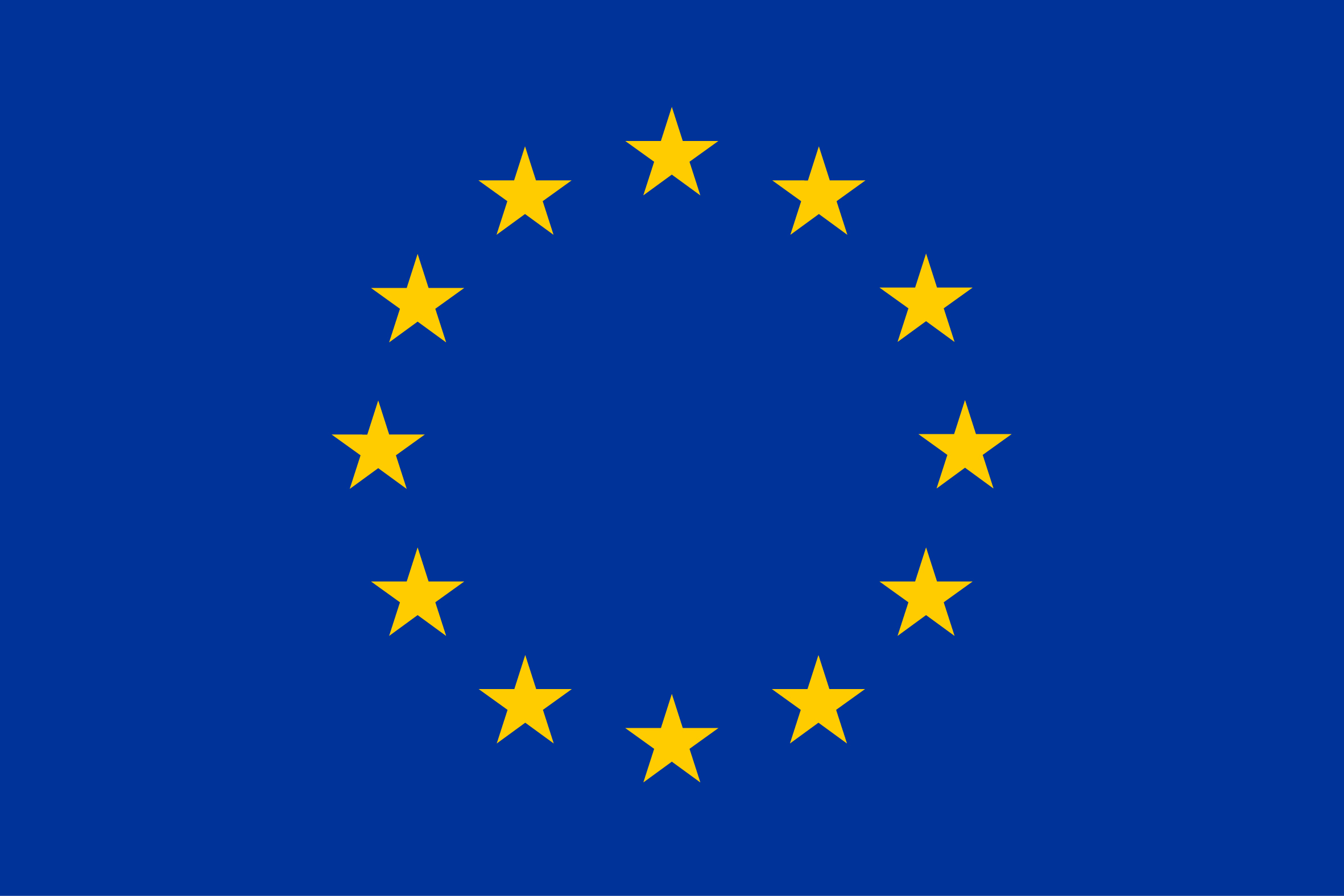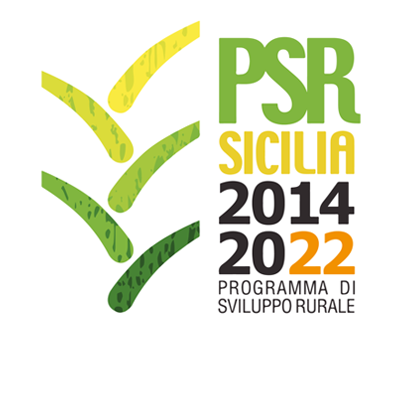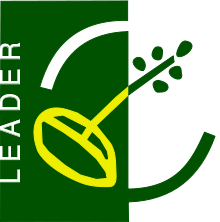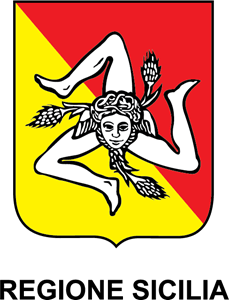Âne Bourbonnais
Country
Specie
ISO3
FRA
Year
2018
Population min
293
Population max
293
Population figured based on
census at breed level
Breeding male
58
Breeding female
188
Females registered in herdbooks
188
Females bred pure
9
Herds
3
Herds size (avg)
3
In situ conservation programmes in place
yes
Reliability
very reliable
Geographical classification
Local
Baudet du Poitou
Country
Specie
ISO3
FRA
Year
2018
Population min
2903
Population max
2903
Population figured based on
census at breed level
Breeding male
486
Breeding female
1648
Females registered in herdbooks
1648
Females bred pure
99
Herds
59
Herds size (avg)
2
AI used
yes
Male in AI
5
In situ conservation programmes in place
yes
Reliability
very reliable
Geographical classification
Local
Zamorano-Leonés
Country
Specie
ISO3
ESP
Year
2021
Trend
increasing
Population min
1535
Population max
1535
Population figured based on
census at breed level
Breeding male
139
Breeding female
660
Females registered in herdbooks
660
Females bred pure
14
Herds
608
Herds size (avg)
2
AI used
no
Male in AI
0
In situ conservation programmes in place
yes
Reliability
reliable
Geographical classification
Local
Zamorano-Leonés
Country
Specie
ISO3
ESP
Year
2020
Trend
increasing
Population min
1547
Population max
1547
Population figured based on
census at breed level
Breeding male
131
Breeding female
641
Females registered in herdbooks
641
Females bred pure
100
Herds
444
Herds size (avg)
3
AI used
no
Male in AI
29
In situ conservation programmes in place
yes
Reliability
reliable
Geographical classification
Local
Zamorano-Leonés
Country
Specie
ISO3
ESP
Year
2019
Trend
increasing
Population min
1572
Population max
1572
Population figured based on
census at breed level
Breeding male
155
Breeding female
642
Females registered in herdbooks
642
Females bred pure
12
Herds
435
Herds size (avg)
3
AI used
yes
Male in AI
4
In situ conservation programmes in place
yes
Reliability
reliable
Geographical classification
Local
Zamorano-Leonés
Country
Specie
ISO3
ESP
Year
2018
Trend
increasing
Population min
1487
Population max
1487
Population figured based on
census at breed level
Breeding male
116
Breeding female
560
Females registered in herdbooks
560
Females bred pure
12
Herds
446
Herds size (avg)
3
AI used
yes
Male in AI
2
In situ conservation programmes in place
yes
Reliability
reliable
Geographical classification
Local
Zamorano-Leonés
Country
Specie
ISO3
ESP
Year
2017
Trend
increasing
Population min
1470
Population max
1470
Population figured based on
census at breed level
Breeding male
104
Breeding female
569
Females registered in herdbooks
569
Females bred pure
14
Herds
459
Herds size (avg)
3
AI used
yes
In situ conservation programmes in place
yes
Reliability
very reliable
Geographical classification
Local
Majorera
Country
Specie
ISO3
ESP
Year
2019
Trend
decreasing
Population min
136
Population max
136
Population figured based on
census at breed level
Breeding male
0
Breeding female
0
Females registered in herdbooks
0
Females bred pure
1
Herds
39
Herds size (avg)
3
AI used
no
Male in AI
0
In situ conservation programmes in place
no
Reliability
reliable
Geographical classification
Local
Majorera
Country
Specie
ISO3
ESP
Year
2018
Trend
decreasing
Population min
108
Population max
108
Population figured based on
census at breed level
Breeding male
31
Breeding female
67
Females registered in herdbooks
67
Females bred pure
15
Herds
45
Herds size (avg)
2
AI used
no
Male in AI
0
In situ conservation programmes in place
yes
Reliability
reliable
Geographical classification
Local
Majorera
Country
Specie
ISO3
ESP
Year
2017
Trend
decreasing
Population min
95
Population max
95
Population figured based on
census at breed level
Breeding male
19
Breeding female
54
Females registered in herdbooks
54
Females bred pure
41
Herds
28
Herds size (avg)
28
In situ conservation programmes in place
yes
Reliability
very reliable
Geographical classification
Local




